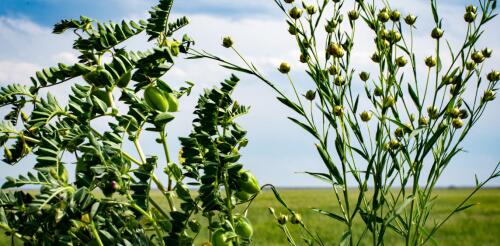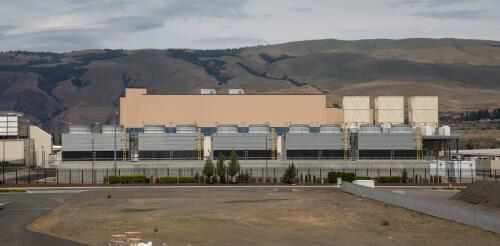Artificial intelligence (AI)
Humans have physically reconfigured half of the world’s land to grow just eight staple crops: maize (corn), soy, wheat, rice, cassava, sorghum, sweet potato and potato. They account for the vast majority of calories that people around the world consume. As global population rises, there’s pressure to expand production even further. Many experts argue that further expanding modern industrialized agriculture – which relies heavily on synthetic fertilizer, chemical pesticides and high-yield seeds – isn’t the right way to feed a growing world population. In their view, this approach isn’t sustainable ecologically or economically, and farmers and scientists alike feel trapped within this system. Corn’s evolution into a global commodity shows how industrialized agriculture has transformed farming. How can societies develop a food system that meets their needs and is also more healthy and diverse? It has p...
Generative AI is the hot new technology behind chatbots and image generators. But how hot is it making the planet? As an AI researcher, I often worry about the energy costs of building artificial intelligence models. The more powerful the AI, the more energy it takes. What does the emergence of increasingly more powerful generative AI models mean for society’s future carbon footprint? “Generative” refers to the ability of an AI algorithm to produce complex data. The alternative is “discriminative” AI, which chooses between a fixed number of options and produces just a single number. An example of a discriminative output is choosing whether to approve a loan application. Generative AI can create much more complex outputs, such as a sentence, a paragraph, an image or even a short video. It has long been used in applications like smart speakers to generate audio responses, or in autocomplete to suggest a search query. However, it only recently gained...
With chatbots like ChatGPT making a splash, machine learning is playing an increasingly prominent role in our lives. For many of us, it’s been a mixed bag. We rejoice when our Spotify For You playlist finds us a new jam, but groan as we scroll through a slew of targeted ads on our Instagram feeds. Machine learning is also changing many fields that may seem surprising. One example is my discipline, ornithology – the study of birds. It isn’t just solving some of the biggest challenges associated with studying bird migration; more broadly, machine learning is expanding the ways in which people engage with birds. As spring migration picks up, here’s a look at how machine learning is influencing ways to research birds and, ultimately, to protect them. The challenge of conserving migratory birds Most birds in the Western Hemisphere migrate twice a year, flying over entire continents between their breeding and nonbreeding grounds. While these journeys are awe-i...


